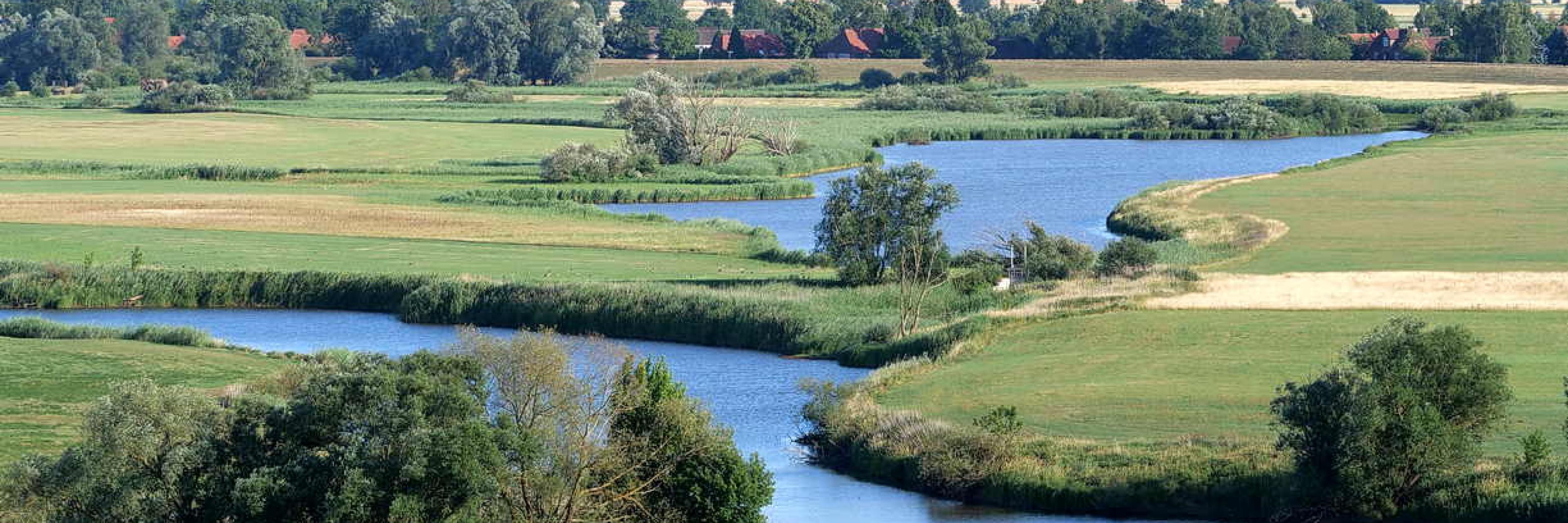
UNESCO Biosphere Reserve Elbe River Landscape Brandenburg
Germany's third-largest river, the Elbe, is one of the last near-natural rivers in Central Europe. The UNESCO Elbe River Landscape Biosphere Reserve covers a total of 282,250 hectares along 400 kilometers of the river in five federal states.
It is part of a global network of 748 biosphere reserves which, in accordance with the UNESCO program “Man and the Biosphere” (MAB), aim to protect and sustainably develop historically grown cultural landscapes in an exemplary manner.
The Brandenburg sub-region extends over 70 kilometers of the Elbe, from the border with Saxony-Anhalt to just outside Dömitz in Mecklenburg-Western Pomerania. The Elbe-Brandenburg River Landscape Biosphere Reserve covers around 53,000 hectares
Rationale
UNESCO Biosphere Reserve Elbe River Landscape Brandenburg has been a catalyst for river restoration projects in the past 20 years. Various NGOs and the biosphere reserve management team are implementing restoration projects.
Others could learn about restoring a large lowland river that has been transformed for shipping, floodprotection and the expansion of agriculture. We have analyzed enabling and limiting factors for restoration and would like to compare and exchange our learnings with teams from other parts of the world.
We are utilizing the UNESCO concept of a “biosphere reserve”. Biosphere reserves want to be learning sites for sustainable development. They were conceived by UNESCO to integrate biodiversity conservation with socially and culturally sustainable development.
Strategy
Our guiding idea is “giving more room to the river”. Consequently, we engage in projects that include dike relocation. A second goal is to improve habitats and associated ecosystem services, e.g. by re-connecting old arms of the river that have been cut off in the process of building shipping infrastructure. We are currently designing a large-scale restoration project together with the NGO Friends of the earth and local municipalities. In this project the aim is to allow more dynamic natural processes along the stretch of the river that is the project area.
Methods
The river should be seen as a lifeline for the landscape, not just serve as a waterway and shipping infrastructure. Promoting restoration means promoting multifunctionality of the riverlandscape. We are aware that transformations bring up issues of justice and address those by intense stakeholder participation. Biosphere Reserve Elbe River Landscape aims to be a participatory learning place for sustainable development. This includes addressing concerns and allowing for participation in decision making processes.